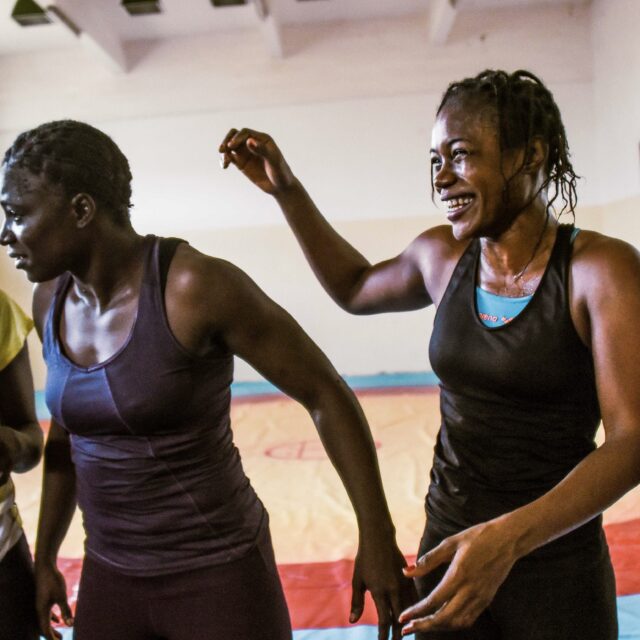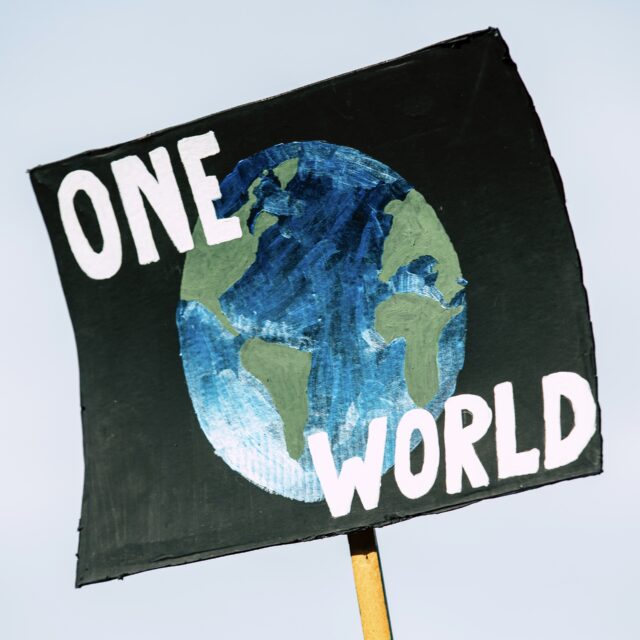 The European Union is currently discussing its next Multiannual Financial Framework (MFF) – a long-term budget that will lock in EU priorities from 2021 to 2027, just under a decade from now. This budget will take us to just three years from the deadline to meet the Sustainable Development Goals and will determine whether the EU is able to fulfill its commitment to end extreme poverty.
The European Union is currently discussing its next Multiannual Financial Framework (MFF) – a long-term budget that will lock in EU priorities from 2021 to 2027, just under a decade from now. This budget will take us to just three years from the deadline to meet the Sustainable Development Goals and will determine whether the EU is able to fulfill its commitment to end extreme poverty.
While the number of people living in extreme poverty more than halved between 1990 and 2015, today 836 million people are living on less than $1.90 a day. Ending extreme poverty is the greatest global challenge of our generation, but we can do it if we press our governments to deliver the right level of ambition and investment. Business as usual won’t get us there, but a strong European response in its next MFF could be a game-changer.
If EU countries are serious about meeting the international 0.7% aid target, and continue to channel approximately 20% of their aid through the EU’s budget, there could be an additional €40 billion available for overseas aid over the next seven years. For Europe to see real and lasting change, it must commit at least this additional €40 billion in overseas aid, focusing investments in the places, people and issues that need it the most.
Europe’s closest neighbour, Africa – just 14 kilometers away – will experience a doubling of its population by 2050 making the continent home to the world’s youngest population, with 10 times more youth than Europe. Investing in the future of Africa’s youth today will enable this dynamic population to drive growth and innovation that will shape the future of both Africa and Europe.
We know that healthier and more educated countries are wealthier and more stable, and so EU investments must be targeted in catalytic sectors such as health, education, agriculture and nutrition: the most effective at fighting poverty and boosting jobs and growth. In addition, EU aid will achieve more if it is increasingly focussed on gender equality. Poverty is sexist and yet investing in girls and women helps lift whole families and communities out of poverty and is key to sustainable and inclusive growth.
As the EU institutions and Member States enter into negotiations on this crucial budget, it’s vital that they keep in mind the life-saving impact of EU aid and back dramatic increases that would ensure the EU meets its international commitments. In just one year, 2014-15, EU aid helped send over 18 million children to school; ensured that more than eight million births were attended by skilled health workers; and over five million malnourished women and children benefited from better nutrition.
The EU must show global leadership and scale up investments in aid by at least €40 billion in order to grasp this unique opportunity to shape the world we want to see in the next decade.



